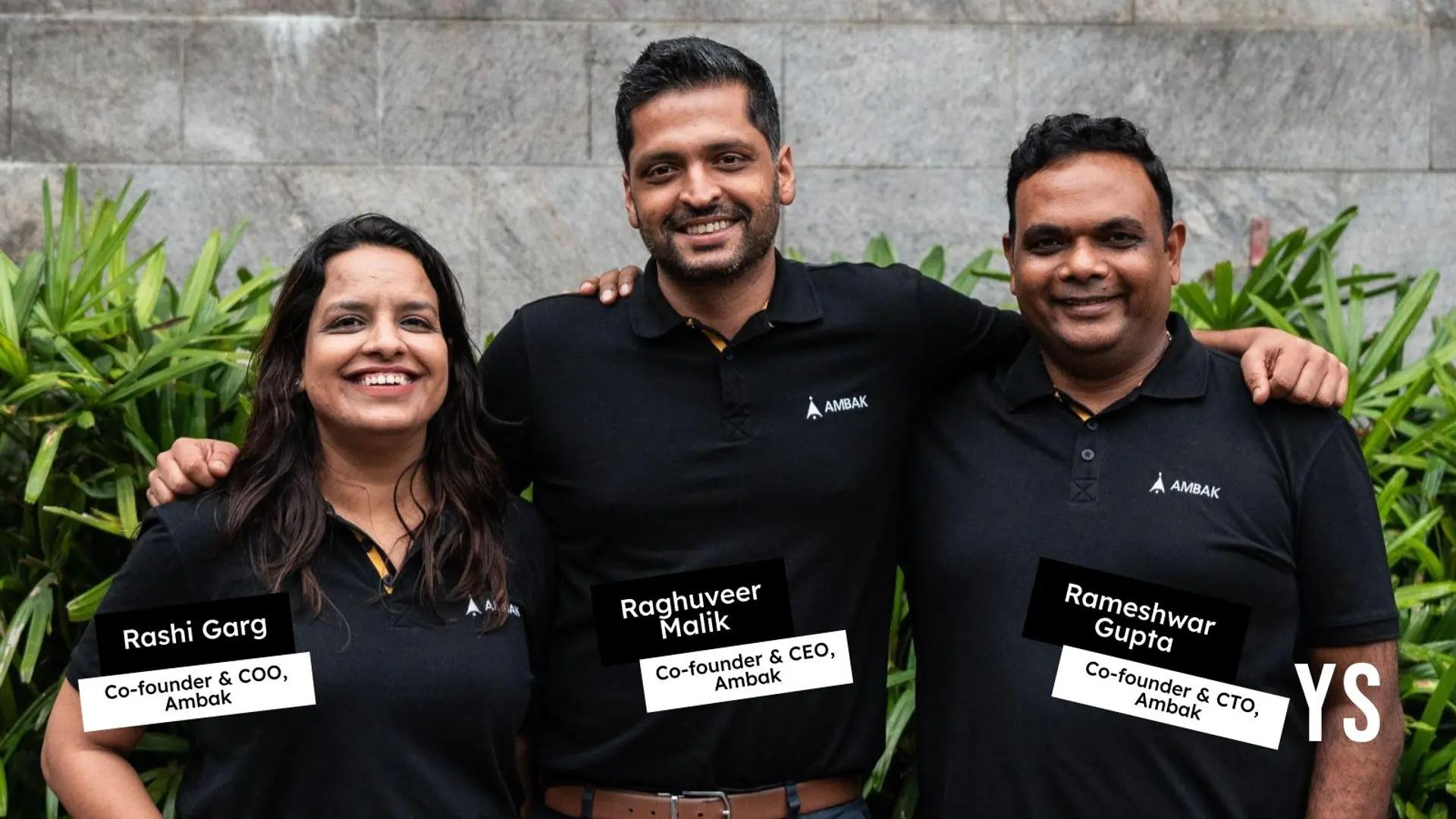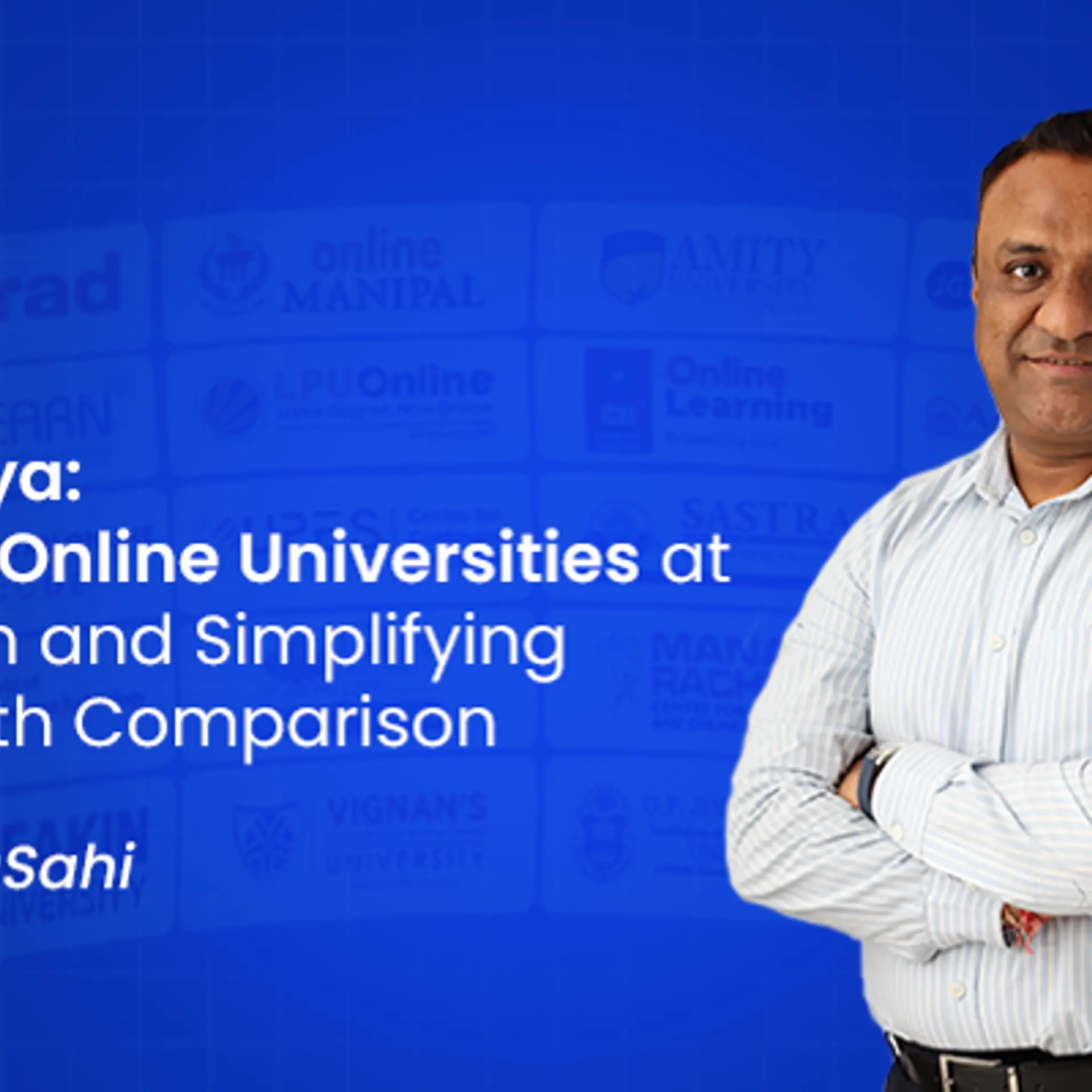Spirit of entrepreneurship in Bengaluru has been around for centuries: Karnataka IT Minister Priyank Kharge
Priyank Kharge, Minister for IT/BT and Rural Development & Panchayat Raj, credited Nadaprabhu Kempegowda, the founder of Bengaluru, for setting up the foundation for trade in the city back in the 16th century.
The spirit of entrepreneurship in Bengaluru did not come about overnight; in fact, it has been growing for over centuries, said Priyank Kharge, Minister for IT/BT and Rural Development & Panchayat Raj, Government of Karnataka.
“The foundation of Bengaluru was laid down by Nadaprabhu Kempegowda in 1537,” he said, and added that Kempegowda was the chieftain of Bengaluru in the 16th century under the Vijayanagara empire.
Kharge was speaking at the 14th edition of YourStory’s flagship event Techsparks 2023.
“The city attracted artisans and traders from all across the land to come up and set up trade units here,” he said. Similar to the special economic zones (SEZs) that we have today, he had created small trading zones back then for traders, he added.
Kharge said that, as a result of Kempegowda's foresight, Bengaluru saw numerous markets like akkipete (rice market), upparpete (salt market), oil market, and textile markets mushroom across the city.
“So, Bengaluru was built as the city of trade by design for entrepreneurship to flourish,” the minister said. “The spirit of entrepreneurship in Bengaluru did not happen overnight, this sprit has been growing for over 500 years.”
Edited by Megha Reddy







